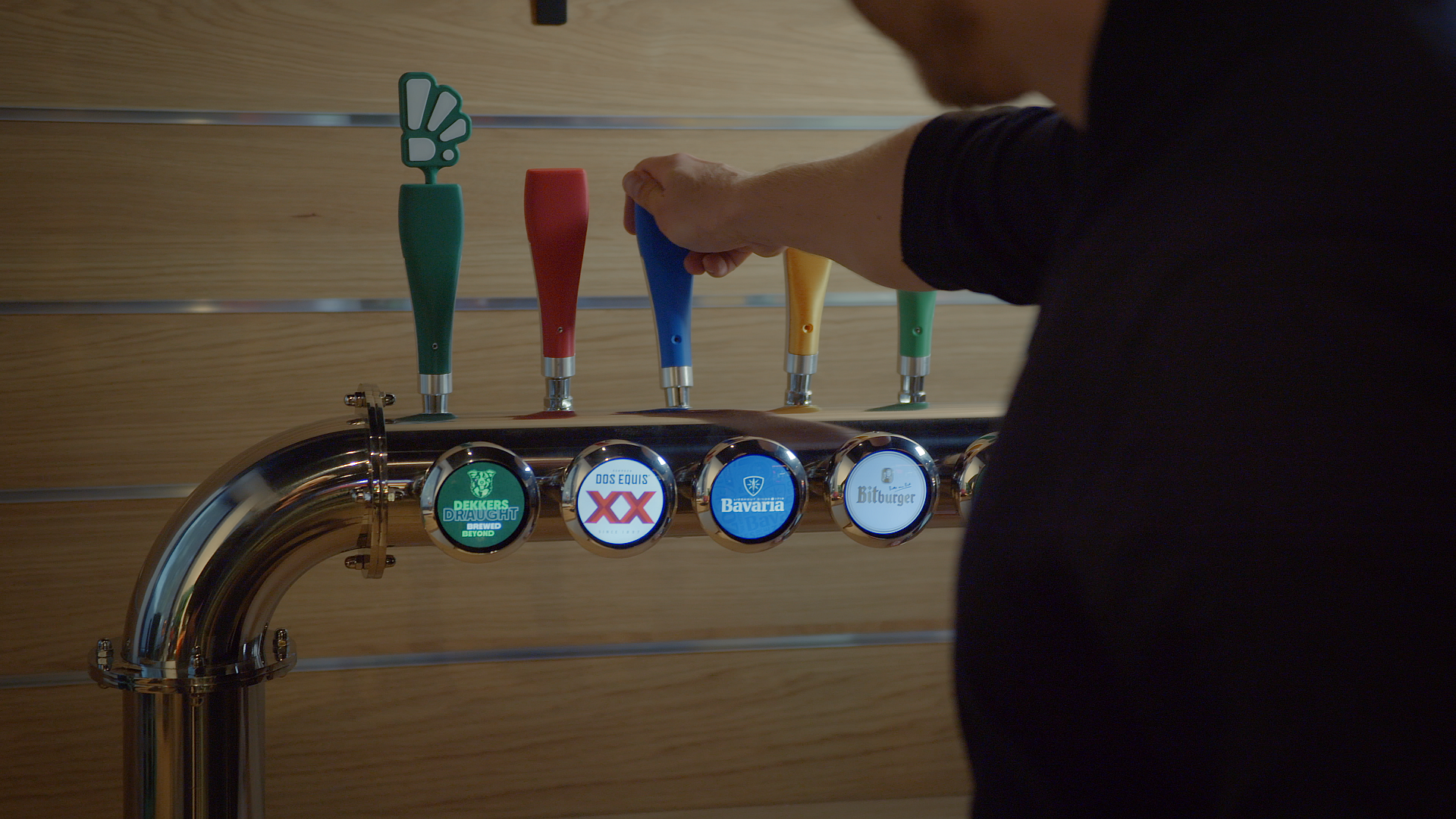Webinar eSIM and Remote SIM Provisioning (RSP)
In the span of just 60 minutes, we will equip you with the latest developments surrounding eSIM and RSP, the cornerstones of connectivity's future. Immerse yourself in this enlightening webinar and enrich your understanding.
Watch our masterclass
Join us as we journey through the evolution of eSIM technology, explore the facts, understand KPN's vision, and examine the advantages and potential challenges related to RSP and what this means for your solution.
Key topics
- Learn about the progression of eSIM technology;
- The pros and cons of the current M2M-RSP standard;
- How the new IoT-RSP standard supports both push and pull-based provisioning;
- Learn about the progression of eSIM technology and uncover the diverse range of SIMs, from fundamental plug-in card to RSP-Chip-SIM, extending to the consumer eSIM;
- And ...how we explore our perspective on the consumer standard and its potential applications in the realm of IoT.
Watch the deep dive below and download the slides here.

Q&A’s
Yes, KPN offers a wide variety of SIMs, including different form factors and different qualities (Business Grade, Industrial Grade, and Automotive Grade). Additionally, we now have different types of RSP. KPN has most of the relevant combinations available, which makes for an extensive list. Together, we will determine which SIM is best for you.
As of today (June 22, 2023), there are 3 types of RSP: M2M RSP, Consumer RSP, and the latest version, the IoT RSP. The IoT RSP specification is the newest iteration that combines the best features from both worlds. Note that M2M RSP (which has been in existence since 2015) also has different versions (versions 1, 2, 3, and the recently released version 4.2), which adds to the complexity.
In some cases, the Consumer RSP solution could be suitable. If you can access the device and it has an 'empty' Consumer SIM, you can now download a KPN profile that is linked to the IoT solution KPN offers (providing you with special IoT RatePlans, private APNs, and Cisco Control Center, etc.). However, remember that if you want to switch operators, you need to do this on the device. Most IoT solutions have devices scattered across the globe, making it challenging to interact with them.
Yes, The Consumer RSP and the IoT RSP SIMs can download profiles from the SM-DP+ of an operator. So if an operator has an SM-DP+ available, you can download the profile. Most operators currently have the SM-DP+ available for their consumer market. Note that if you download such a profile, most of the time it will be tied to a consumer subscription. KPN IoT offers the ability to download a KPN Profile that is related to an IoT offer. This IoT offer provides all the necessary capabilities, like IoT Rate Plans (Subscriptions), Private APNs, IP-Sec connections, and an IoT Connectivity Management Platform (like Cisco Control Center).
No, The IoT RSP solution uses the available internet connection of the device. It is the SIM that contacts the eIM (over the internet), and it’s the SIM that begins to download the new profile over the internet, when applicable. There is no need to send or receive an SMS to start the process. Be aware that this also means the action cannot be forced directly, like you can do with the M2M RSP solution.
The primary difference between the LPA and the IPA is that the IPA can be contacted remotely while the LPA operates locally. It's possible to devise your own method to remotely contact the LPA as you can do with all things in your device (based on device management). The IoT RSP specification has introduced some special configurations to make remote access more secure and standardized. So, if you want to contact your device remotely, KPN advises using the IoT RSP specification.
Today (June 22, 2023), the official IoT RSP specifications are launched by the GSMA. The SIM vendors will then start designing their new version of the SIM. The SIM is still there to authenticate the subscription, so a lot of security checks and certificates are needed. KPN expects the first SIMs with the IoT RSP specification to be available at the beginning of 2024.
Unfortunately, the specification of a SIM is fixed. You can't change the RSP method or add one to the SIM. Therefore, it's not possible to change it over the air. That's why it's so important to select the right SIM at the start of your project.
Indeed, KPN IoT has arranged that when you download a profile from our SM-DP+, your subscription is connected to the IoT environment giving you all IoT capabilities like a private APN.
Yes, an internet connection is needed to download a profile. The IPA, like all other parts, is an application that runs on your device. It is the IPA's responsibility to maintain connectivity with the eIM, which should be tailored to your specific needs.
With the IoT RSP specification, it is possible to remotely download a local profile (if it is available in that country). Note: You then will have an agreement with that local operator. With the M2M RSP specification, KPN created a solution for Brazil where we use a local profile but resell that to you so you only have a contract with KPN.
The IPA is a part of the software/firmware of your device. Once you have created your IPA, you must do a firmware update using the mobile connectivity. Ensure that when you build the device, it supports OTA firmware updates.
Yes, there are solutions based on the M2M RSP specification where if the primary profile, for any reason, loses internet connection, the SIM automatically switches to another profile. This is termed as fallback. That other profile can be obtained from another operator, or you can use combined offers. Note that for a truly robust high-availability solution, the SIM also has to monitor if the connection is available. This requires more than just RSP capabilities.
No, fallback is a complex situation. The SIM will be connected to a different mobile network. That network has its own method of connection towards your backend system. In this solution, both networks will merge in your backend system. That’s the place where you define the IP addresses for your device.




